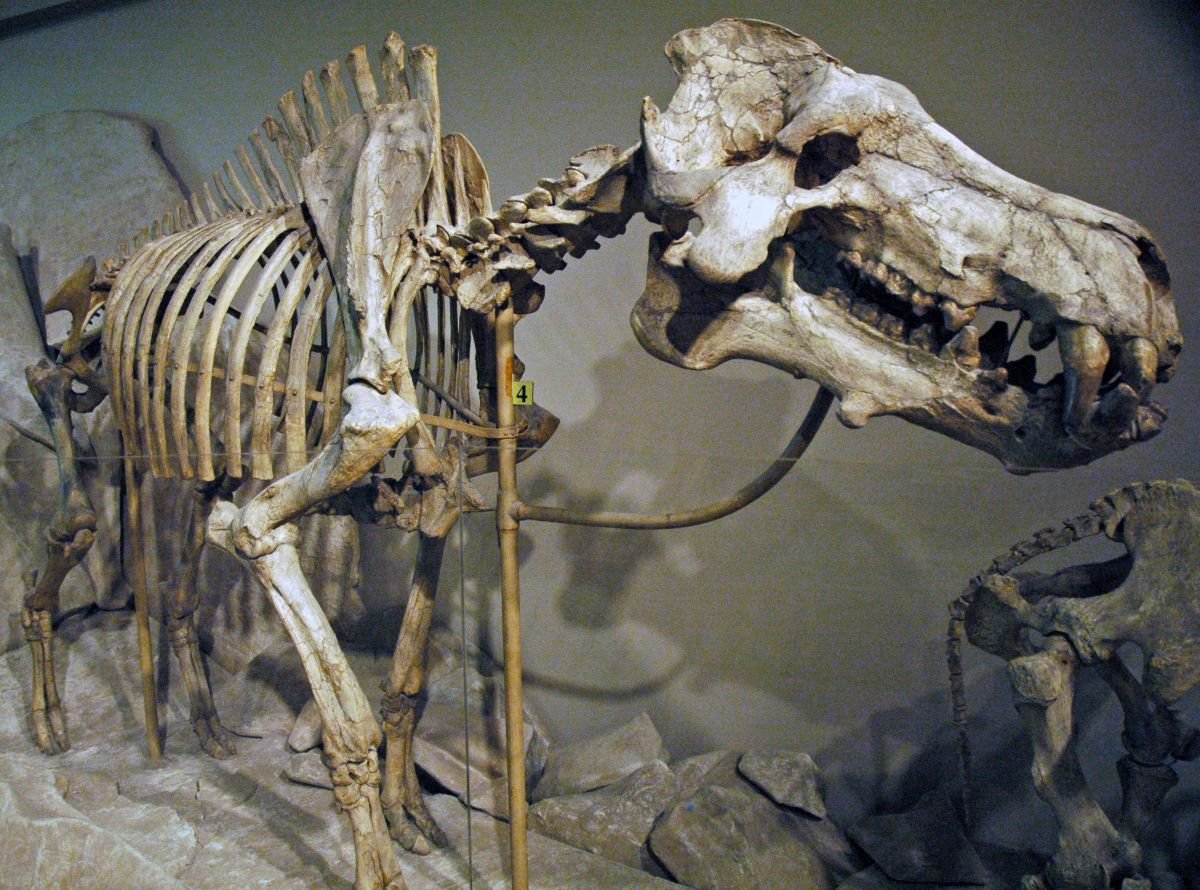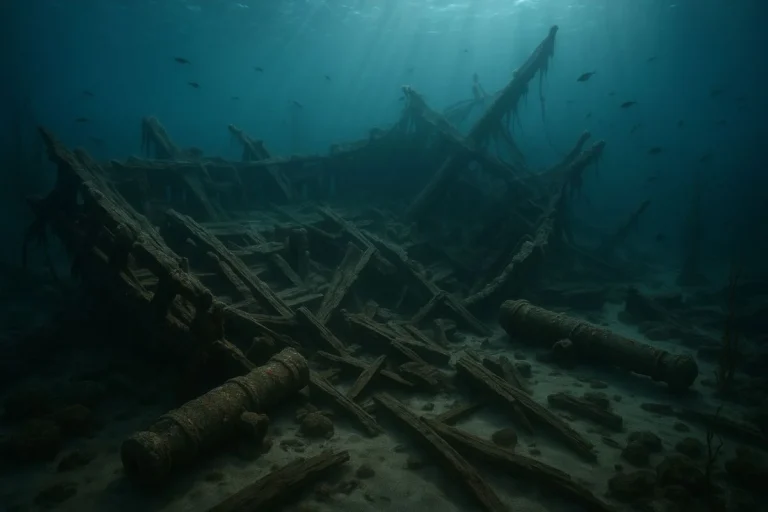Coastal North Carolina Fossils Reveal Giant Prehistoric ‘Hell Pigs’
MAYSVILLE, N.C. – Fossils unearthed from a Jones County rock quarry are offering a rare glimpse into a time when giant, hippo-like predators—nicknamed “hell pigs”—roamed coastal North Carolina roughly 20 million years ago.
What Were ‘Hell Pigs’?
Despite the name, hell pigs were not pigs at all. Known scientifically as entelodonts, these massive omnivores stood up to six feet tall at the shoulder, weighed nearly 2,000 pounds, and possessed skulls so large they accounted for half their body length. Their jaws could open more than 90 degrees, armed with massive canines capable of goring and tearing prey.
“They’re pretty wild animals,” said Sean Moran, paleontology and geology collections manager at the North Carolina Museum of Natural Sciences. “We’re still trying to figure out where they fit in the evolutionary tree.”
Rare Fossil Discovery in the Belgrade Formation
The Belgrade Formation—a thin rock layer stretching across Jones and Onslow counties—has yielded only a few dozen land mammal fossils in decades of collecting, making these finds “exceedingly rare” in the eastern U.S. outside of Florida.
The fossilized molar of a hell pig, discovered about 15 years ago and now in the Smithsonian’s collection, confirms that these predators lived in the region during the early Miocene (approximately 17–21 million years ago).
Researchers say the find is significant because both land and marine fossils are preserved in the same rock layer, offering insight into coastal ecosystems during that period.
Part of a Larger Prehistoric Community
Alongside the hell pig fossils, scientists have identified remains of ancient rhinos, two horse species, protoceratids (deer-like mammals), a weasel-like carnivore, and even a red panda—a species rarely found in the North American fossil record.
The presence of these animals suggests a diverse environment where large herbivores and formidable predators coexisted in a subtropical climate.
From Asia to North Carolina
Hell pigs first appeared in southern Asia around 40 million years ago, spreading into Europe and eventually North America by about 36 million years ago. The coastal North Carolina specimens represent some of the last of their lineage, disappearing just a few million years later.
Challenges of Fossil Hunting in the East
Unlike the fossil-rich plains of Nebraska and Texas, the humid, vegetated landscapes of the eastern U.S. hide rock layers beneath thick soil and forest. In North Carolina, paleontologists rely on river cuts, construction sites, and active quarries to access the right sediment layers.
“This is a new frontier for understanding land mammal evolution in the state,” Moran said.
Have you ever found a fossil along the North Carolina coast? Share your discoveries and photos with the Saluda Standard-Sentinel community at SaludaStandard-Sentinel.com.







